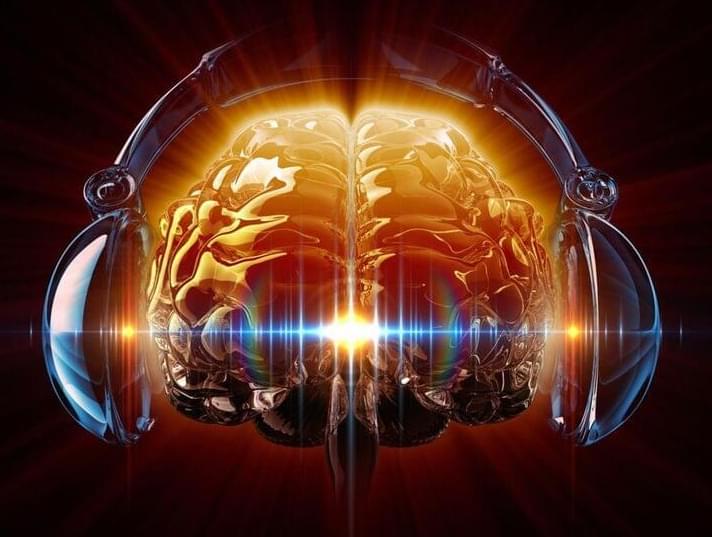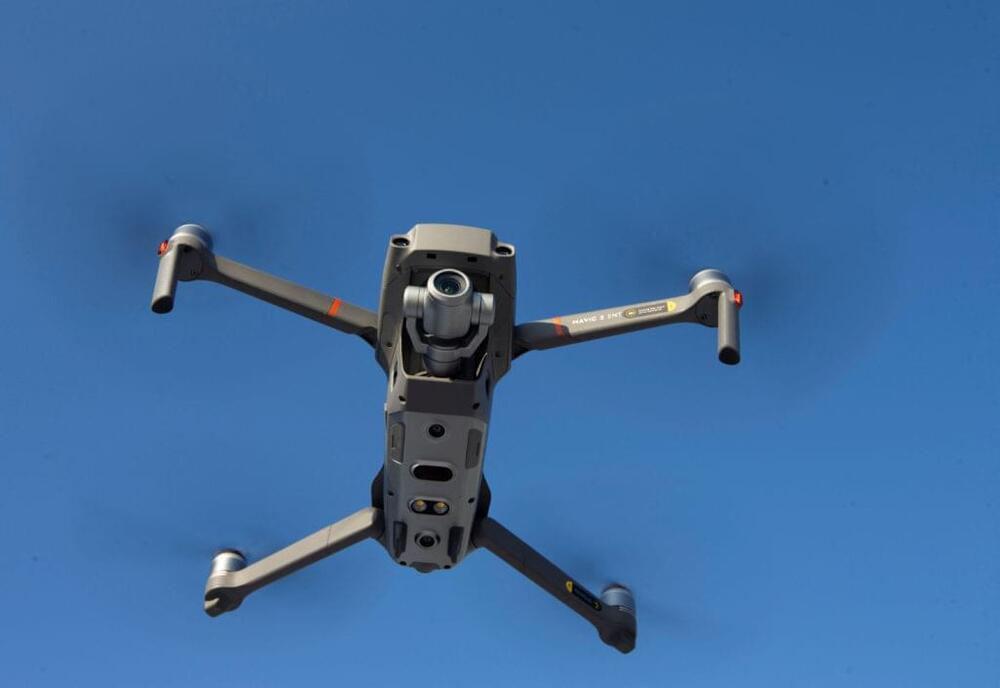NASA is cautiously testing OpenAI software with a range of applications in mind, including code-writing assistance and research summarization. Dozens of employees are participating in the effort, which also involves using Microsoft’s Azure cloud system to study the technology in a secure environment, FedScoop has learned.
The space agency says it’s taking precautions as it looks to examine possible uses for generative artificial intelligence. Employees looking to evaluate the technology are only invited to join NASA’s generative AI trial if their tests involve “public, non-sensitive data,” Edward McLarney, digital transformation lead for Artificial Intelligence and Machine Learning at the agency, told FedScoop.
In June, Microsoft announced a new Azure OpenAI tool designed for the government, which according to the company is more secure than the commercial version of the software. Last week, FedScoop reported that the Microsoft Azure OpenAI was approved for use on sensitive government systems. A representative for Microsoft Azure referred to NASA in response to a request for comment. OpenAI did not respond to a request for comment by the time of publication.







